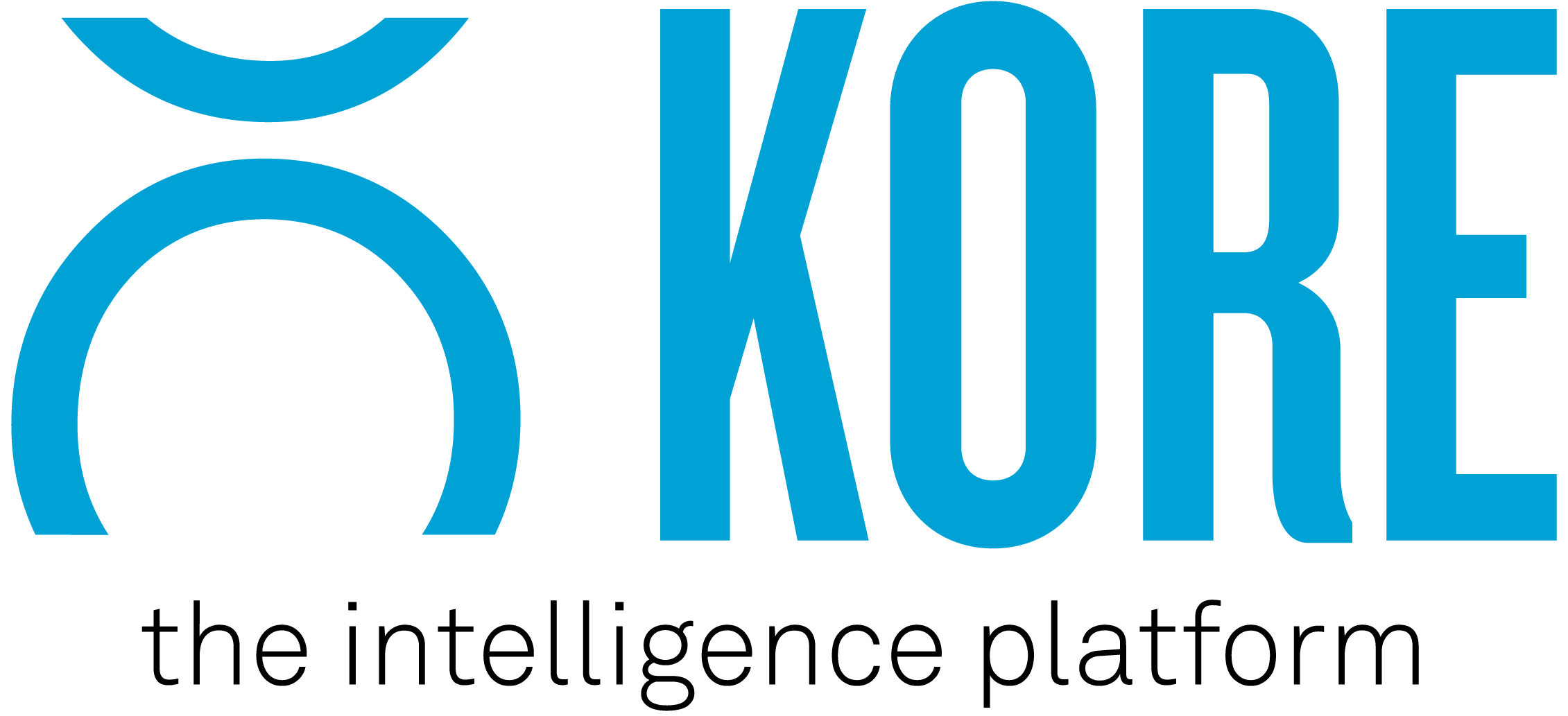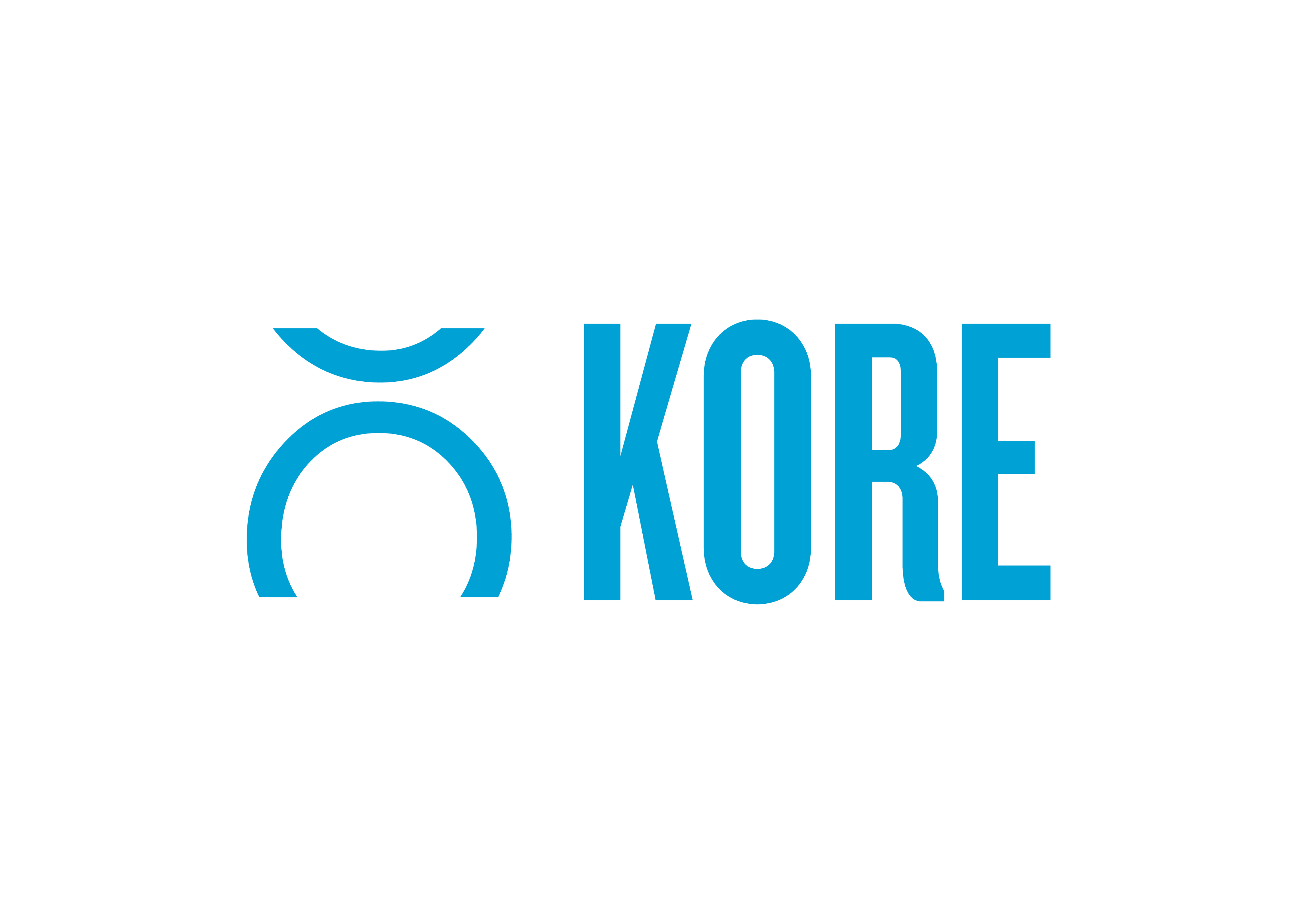Last year, on Inside Sponsorship, we spoke with Ben Hartman, Chief Client Officer at Octagon, about award-winning trends in sponsorship.
Although this largely looked at the brand side of the deal, there were plenty of takeaways applicable to the rights holder space. Specifically, audience targeting and distribution strategy.
Selling through audience data, vs a traditional sales model, still divides the sponsorship industry. Whilst everyone will acknowledge that the best-case scenario is a brand raising awareness to a certain audience, it’s how they engage and interact with that audience that is starting to separate the good and not so good.
It’s broadly accepted that when we’re building a sponsorship deal, it’s being constructed with the primary purpose of helping a brand deliver a specific message to a specific audience that they otherwise don’t have access to or can’t access easily. Traditionally speaking, we used to inherently believe that brands wanted the biggest possible audience size to speak or engage with. So, as a result, we’d see plenty of proposals and reports with big numbers designed to simply promote a property as the biggest and best option.
This year, however, we’re already starting to see the quantity vs quality debate become more prevalent during discussions and negotiation of sponsorship deals. There is a genuine effort from rights holders to shift away from presenting brands with big numbers = big value and more towards better numbers = better value.
The growth of this trend is somewhat thanks to now being able to solve the problem of mass duplication of fan and member data. That’s because membership and ticketing teams around the world are now starting to conduct improved audience segmentation activities based on clean data. And whilst this might have initially been a fan profiling exercise, to grow membership-based revenue, sponsorship professionals are now able to jump on the proverbial bandwagon and enhance their targeting and re-targeting efforts by identifying detailed audience groups for brands to engage with.
A great example of this in Australia is the North Queensland Cowboys. By engaging with and collecting new member profile data, the Cowboys have been able to create in excess of 25 fan segment groups.
With better access to first and third-party data (social media, attendance rate, valuation reports, etc), rights holders are now able to start washing their fan profile data against a brand’s avatars to create targeted sponsorship campaigns.
Companies like Gemba, Greenroom Digital, and 4front are then helping rights holders develop strategies to take full advantage of the new data.
Quick tips moving forward
Focus on achieving clean data
Any efforts towards having clean fan and membership data, for the purpose of creating a single-customer-view, will be a huge win for the entire business. Explore whether you’re able to see attendance, membership, or merchandise trends. This will allow you to start building out comprehensive segments for marketing purposes.
Look at fan profiles vs brand avatars.
Spend some time analysing those big numbers. Pull your membership and ticketing teams aside to explore various fan profiles. This will be a huge asset when it comes to identifying new sponsorship categories based on what and where your fans are.
Discover the right segments and customer journeys
A lot of marketing teams will have already done a lot of work around what their customer and fan journeys look like and, in most cases, this will also mirror a well thought-out sales process for sponsorship sales. This will allow you to understand exactly where and when a brand can enter the fan or customer journey to present their message.

Content Grasshopper is a boutique marketing consultancy where I help clients, of all sizes, develop marketing that focuses on a ‘marketing through teaching’ approach to engage their target audience, demonstrate expertise, and build trust as a pathway to conversion or action.




